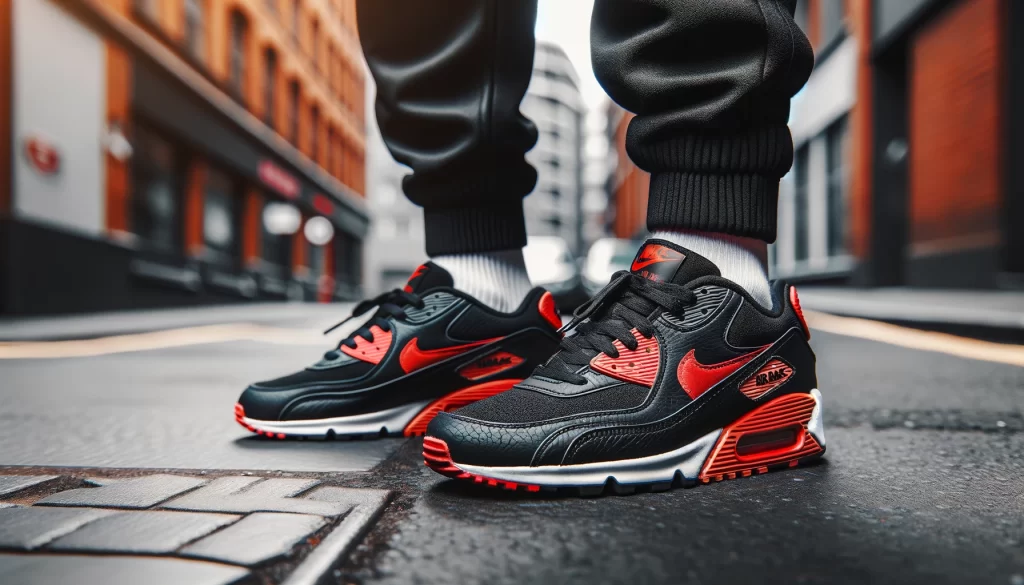Fashion has always played a significant role in grime culture, reflecting the genre’s urban roots and distinctive style. From the early days of tracksuits and trainers to today’s high-fashion collaborations, grime fashion is a powerful expression of identity and community.
In the early 2000s, grime fashion was heavily influenced by the streets of East London. Baggy tracksuits, oversized hoodies, and caps were staple items, reflecting the practical and unpretentious nature of the genre. Brands like Nike, Adidas, and Puma were favored for their comfort and durability, becoming synonymous with grime’s aesthetic.
As grime gained popularity, its influence on fashion began to grow. Grime artists started collaborating with major fashion brands, bringing their unique style to a broader audience. Skepta, for example, partnered with Nike to release the Sk Air Max 97, blending his personal style with the iconic sneaker. Similarly, Stormzy has worked with brands like Adidas and Merky, his own fashion line.
Fashion in grime is not just about clothing; it’s about making a statement. It reflects the genre’s defiance and individuality, with artists often using their style to challenge stereotypes and push boundaries. This is evident in the way grime artists mix high-end fashion with streetwear, creating a unique and edgy look that stands out.
Moreover, grime fashion has also influenced the wider fashion industry. The genre’s bold and unapologetic style has inspired designers and brands to incorporate elements of streetwear into their collections. This cross-pollination has helped to elevate grime from an underground movement to a mainstream cultural force.
Grime fashion continues to evolve, but its core principles of authenticity and self-expression remain unchanged. It is a powerful tool for artists to convey their identity and connect with their audience, reinforcing the close relationship between music and fashion in the grime scene.


